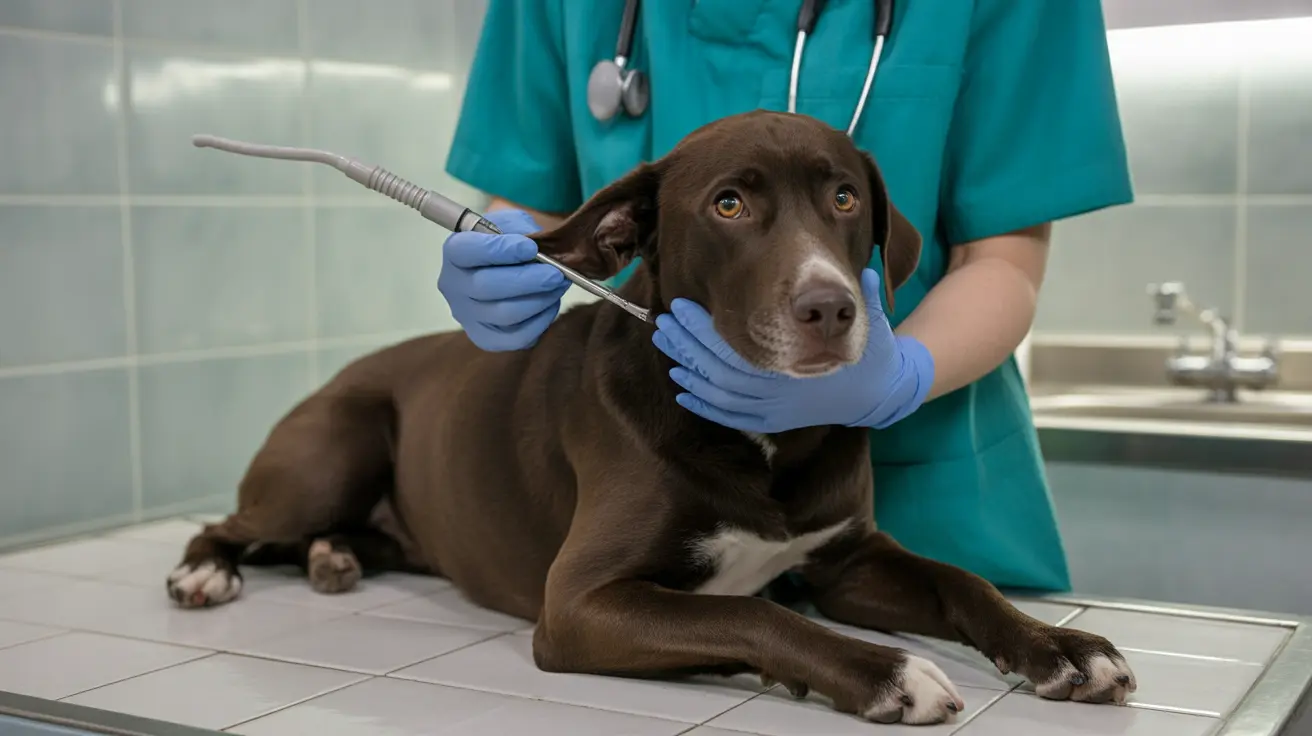Treating Interdigital Cysts in Dogs: A Comprehensive Guide
Interdigital cysts, also known as interdigital furuncles, are painful nodular lesions that develop between a dog’s toes, often due to inflammation and bacterial infection. These growths, typically red or purple and filled with pus, can rupture and cause further discomfort. Proper diagnosis and treatment are essential for improving a dog's quality of life.
Understanding the Causes of Interdigital Cysts
Most interdigital cysts originate from an inflammatory response to follicular trauma. Certain dog breeds such as Bulldogs, Labrador Retrievers, and Basset Hounds are especially prone due to their paw conformation and hair type.
Common contributing factors include:
- Short, coarse hair trapped in the skin
- Walking on rough surfaces
- Obesity, which increases pressure on the feet
- Underlying allergies—both food and environmental
- Parasites such as Demodex mites
- Endocrine disorders like hypothyroidism or Cushing’s disease
These conditions create a cycle of irritation, trauma, infection, and further cyst formation.
Clinical Signs and Diagnosis
Common signs include:
- Red or inflamed nodules between the toes
- Exudate—pus, blood, or clear fluid
- Lameness and limping
- Excessive licking and visible pain
Veterinarians diagnose interdigital cysts based on a combination of physical examination and diagnostic tests such as:
- Cytology: Microscopic examination of fluid or tissue samples
- Skin scrapings and hair plucks: To rule out mites and other parasites
- Bacterial cultures: Especially useful in recurrent infections
- Biopsies: To eliminate the possibility of tumors or atypical infections
- Imaging: Used when a foreign body or bone involvement is suspected
Treatment Options
Treating interdigital cysts demands a multifaceted approach, addressing both symptoms and root causes.
- Infection Control
Administer systemic antibiotics for at least 4–6 weeks. Topical treatments like chlorhexidine or miconazole are helpful for mild and recurrent cases. - Anti-inflammatory Therapy
Prednisone, cyclosporine, or topical steroids can help reduce swelling. Systemic treatment is needed for severe or widespread lesions. - Underlying Condition Management
Treat allergies with hypoallergenic diets or immunotherapy. Address obesity, arthritis, and anatomical issues that may contribute to cyst formation. - Supportive Paw Care
- Keep paws clean and dry
- Use protective booties in rough or cold environments
- Clean feet after walks
- Additional Therapies
Retinoid creams, lipid-based spot-ons, or Epsom salt soaks may complement primary treatments. Always use under veterinary supervision. - Surgical Intervention
For chronic, resistant cases, surgical methods like CO2 laser ablation or fusion podoplasty may be warranted. These require significant aftercare and are used as a last resort.
Ongoing Care and Prevention
Prevent recurrence by:
- Maintaining ideal body weight
- Managing allergies efficiently
- Keeping paws well-groomed and clean
- Limiting exposure to harsh substrates
- Performing regular vet check-ups, especially for susceptible breeds
Owner Reminders and Prognosis
Owners should avoid home remedies like ‘popping’ the cysts—this may worsen the condition. Treatment can be time-consuming and frustrating, but most dogs recover well when therapy targets all contributing factors. Lifelong management may be necessary in some cases to prevent relapses.





